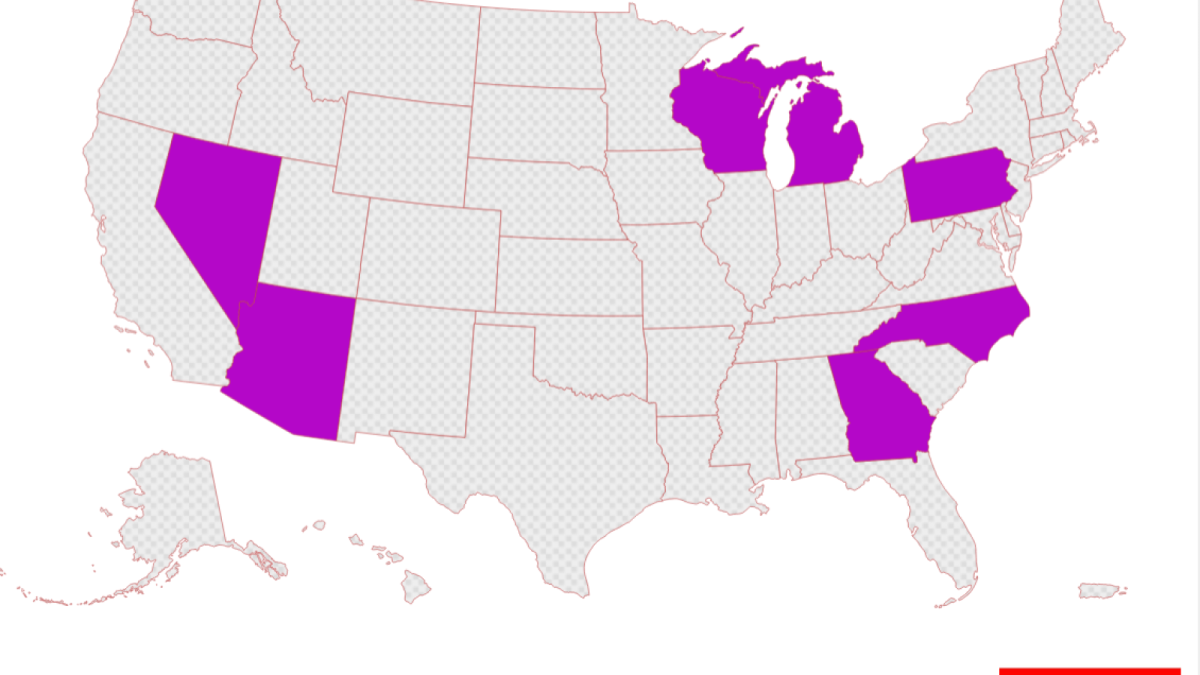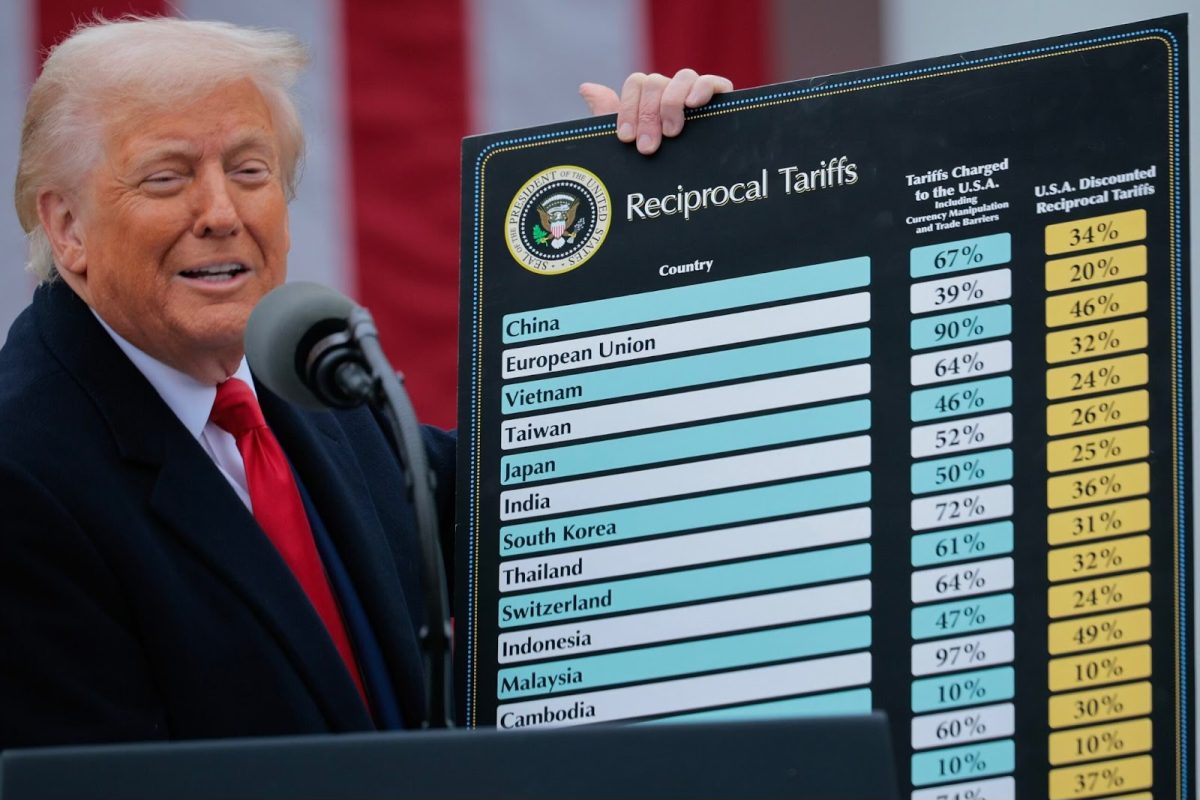Introduction
The 2024 presidential election is rapidly approaching, and with both candidates advertising it as “the most important election of all time,” voter turnout is expected to be plentiful. In the summer, the Democratic Party had to drastically change their campaign strategy after current President Joe Biden dropped out of the race following widespread concern on both sides of the aisle over his age and cognitive ability. The Republicans, meanwhile, have had their candidate unofficially decided for over a year now, and despite many challengers in the primary and continued legal trouble, former president Donald Trump’s polling never dipped below 50%.
In the spring, and especially following his debate against President Biden, another Trump presidency seemed inescapable for Democrats, with his poll numbers at one point being 10 points better than they were in 2016 and 2020. However, Harris taking over as the face of the left and being presented as a step forward, not back, gave democrats new life.
Even with the change, polls indicate this is the closest race in a long time, with every swing state at or within 2 points, well within most polls’ margin of error.
Swing States
In 2020, Joe Biden was able to rebuild the Blue Wall (Wisconsin, Michigan, and Pennsylvania), and carried every swing state with the exception of North Carolina. Harris’s most likely path has her holding that wall, and if she is able to win Michigan, Wisconsin, and Pennsylvania, the presidency will be hers. Trump’s victory formation is slightly more complicated, with him needing the Sun Belt (Arizona, Nevada, North Carolina, Georgia) and one of the Northern swings.

Arizona has broken towards Trump in recent weeks, although, like every other swing state, it is certainly not decided. Kamala Harris was considering the state’s Senator, Mark Kelly, as her running mate, largely due to his strong position on the border, which remains a top issue in the state along with the economy. Kelly may not have given her the state automatically, but it certainly would’ve made at least a dent in Trump’s lead. In the end, she ultimately went with Minnesota governor Tim Walz (who took Minnesota out of swing state contention).
Nevada, while important, but likely the least so of all the swing states, is an interesting story. It has been even or under 0.5 points for the bulk of Harris’s campaign and seems set to remain that way in the days leading up to the election. However, its votes don’t carry too much weight, because as long as Trump carries the rest of the Sun Belt and one of the Blue Wall states, he will take the presidency.
Georgia is much like Arizona, with its polling averages following the same path. It barely went to President Biden in 2020 and it went to a runoff in favor of the democratic candidate Raphael Warnock over Trump-endorsed candidate Herschel Walker in the 2022 midterms. Still, Trump has carried a lead in the state for just about the entirety of his 2024 campaign, and he seems likely to win here, although it is once again subject to change.
North Carolina, a state that started as republican leaning and has since transitioned into swing state territory, appears to be a complete toss up. Governor Roy Cooper was in the running for VP nominee before he took his name out of the pool, largely because Trump-endorsed lieutenant governor Mark Robinson would have taken the seat if Cooper left. As a result of Cooper Staying, the democrats have the small incumbent advantage that comes with any state. Additionally, Robinson’s poll numbers have dropped drastically in the weeks following CNN’s story of controversial comments Robinson made on a pornographic website. His previously close ties with Trump could affect his support, especially among people of color, so North Carolina remains up in the air. Especially considering the large concern about Trump for many people is his character, supporting someone like Robinson who has said things that Robinson has could strengthen Harris’s base and weaken Trump’s.
Wisconsin looked like it was breaking fairly confidently toward Harris in the late summer, but has become more even in recent weeks. Trump was able to take it over Hillary Clinton in 2016, but Biden flipped it right back in ‘20. Neither candidate has put too much of an emphasis on the state, as they could both win without it. However, it would certainly help both of their chances.
Michigan was another state Harris was well in position to carry just about 2 weeks ago, but the polls look much closer now. In the democratic primary, due to widespread discontent over the ongoing war in Gaza, there was a shocking number of write-in votes for “undecided”. Harris’s decision to go with Tim Walz over Pennsylvania governor Josh Shapiro (a strong supporter of Israel), who may have helped her more in that crucial state, may have been a move to distance herself from pro-Israel politicians. Still, many liberal pro-Palestine activists are yet to pledge their support to Harris because of the Biden administration’s support of Israel, which is likely affecting her poll success in Michigan.
Pennsylvania is widely considered the most important state of this election cycle, and for good reason. PA holds 19 electoral votes – the most of any swing state – which would likely take the winner to the necessary 270 electoral votes to secure the election. Both candidates have spent the most time and money in Pennsylvania, and it’s not a very close margin (spending-wise, polls are very close). Trump and Harris alike see it as a necessity if they want to win the White House, although, it currently appears to be more important to Harris, and it is certainly of note that she is currently performing the best there at ~ 1.5 point lead.
Who is Expected to Win?
It’s truly hard to predict a winner at this point, especially considering recent polling misses, which have been as high as 8 points in some states. In the Trump era, polls have severely underestimated his support, and some question whether they are overestimating it this time around. Still, it will be impossible to tell until election day. However, a neutral observer predicts the current trend of polls points towards a second Trump term by a slim, slim margin.
In any election, you must know that anything can happen up until election day. No matter who you support, the right move is to get out and vote for what you support.







